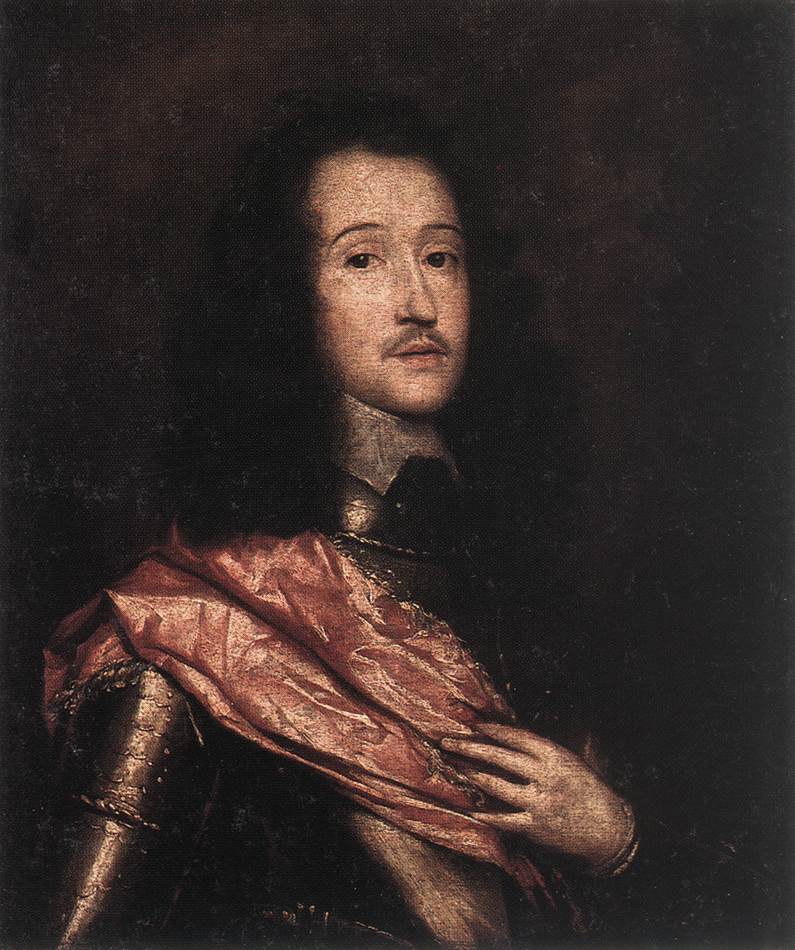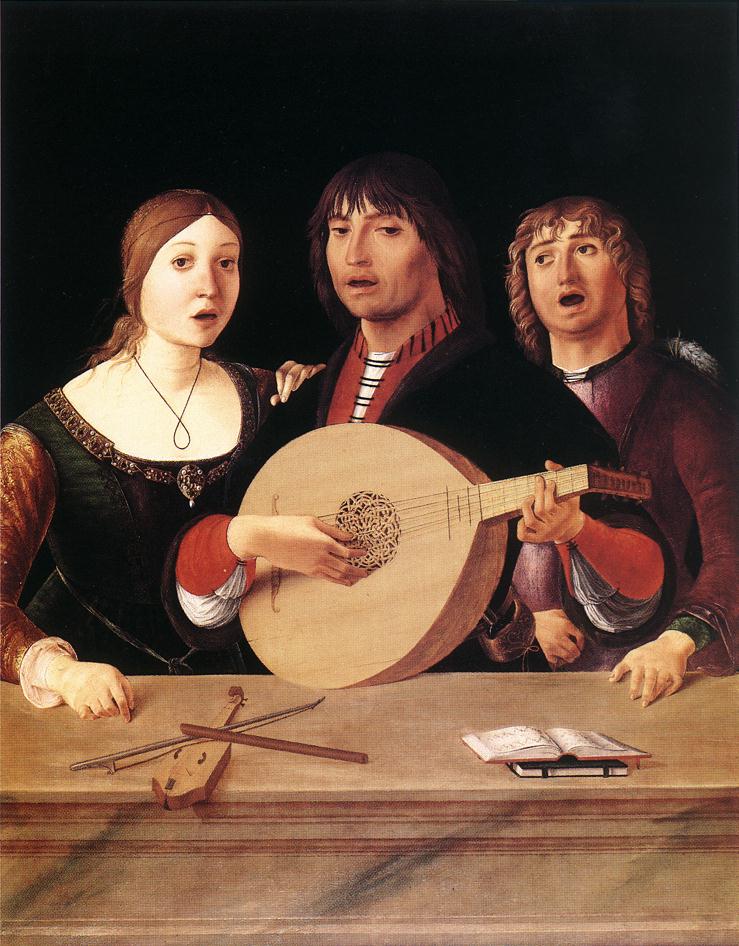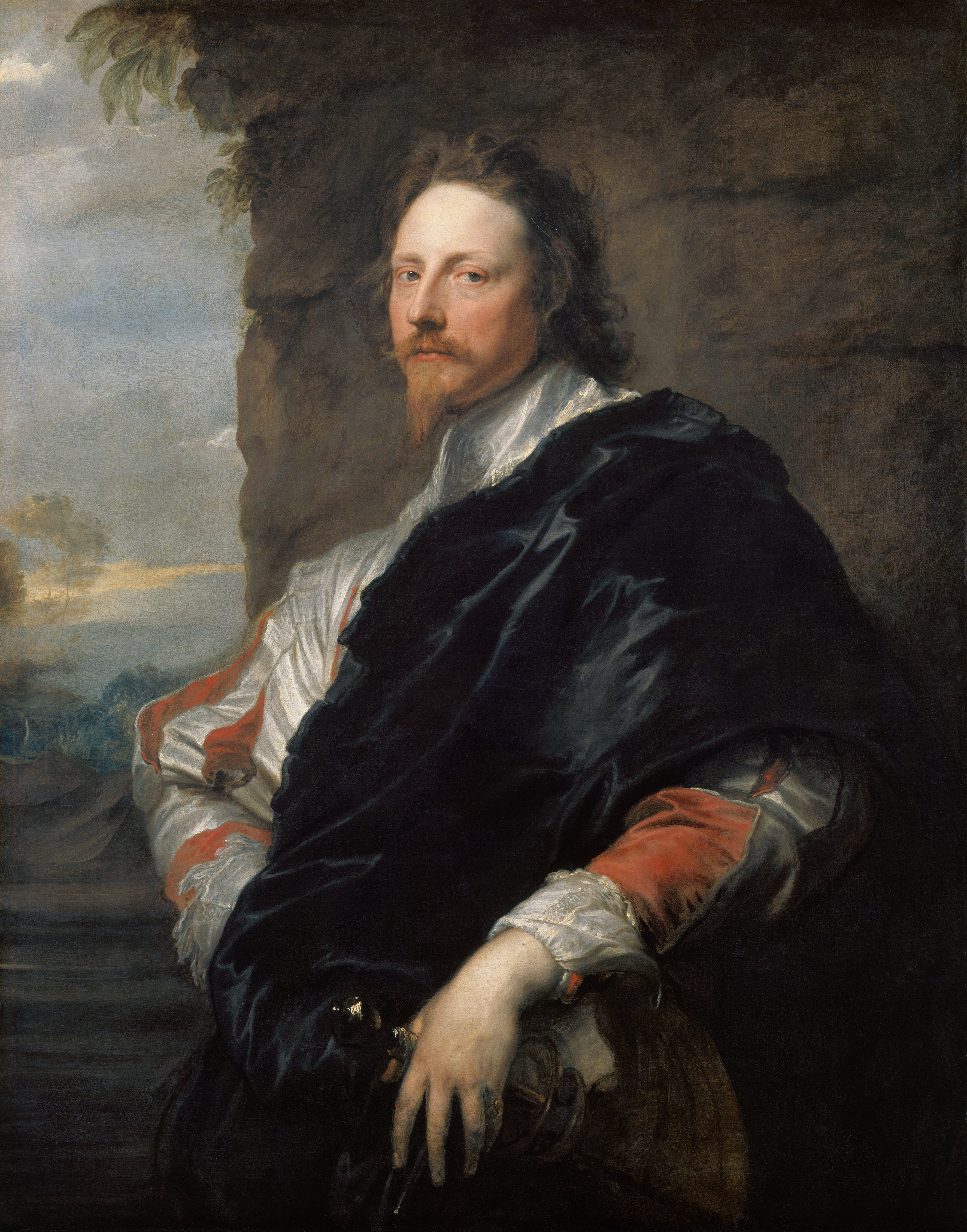|
Cavalier Song
Cavalier song is a Jacobean and Carolinian genre of song, a later equivalent to Elizabethan lute song. Many of the surviving examples were part of a large scale lavish court entertainment, the Stuart Masque. The genre is not as widely heard as the lute song, partly due to modern sources for the songs, such as large ''Musica Britannica'' volumes being impractical for playing and singing from If playing from the original notation the lute or keyboard player needs to be able to perform from unfigured bass. The period has been neglected by musicologists for some years, because when the songs are played through on the piano they lack substance, and their true worth only emerges through a communicative performance. However, some songs such as Henry Lawes's ''The Lark'', William Lawes William Lawes (April 160224 September 1645) was an English composer and musician. Life and career Lawes was born in Salisbury, Wiltshire and was baptised on 1 May 1602. He was the son of Thomas ... [...More Info...] [...Related Items...] OR: [Wikipedia] [Google] [Baidu] |
Jacobean Era
The Jacobean era was the period in English and Scottish history that coincides with the reign of James VI of Scotland who also inherited the crown of England in 1603 as James I. The Jacobean era succeeds the Elizabethan era and precedes the Caroline era. The term "Jacobean" is often used for the distinctive styles of Jacobean architecture, visual arts, decorative arts, and literature which characterized that period. James as King of England The practical if not formal unification of England and Scotland under one ruler was an important shift of order for both nations, and would shape their existence to the present day. Another development of crucial significance was the foundation of the first British colonies on the North American continent, at Jamestown, Virginia in 1607, in Newfoundland in 1610, and at Plymouth Colony in Massachusetts in 1620, which laid the foundation for future British settlement and the eventual formation of both Canada and the United States of America. ... [...More Info...] [...Related Items...] OR: [Wikipedia] [Google] [Baidu] |
Caroline Era
The Caroline era is the period in English and Scottish history named for the 24-year reign of Charles I (1625–1649). The term is derived from ''Carolus'', the Latin for Charles. The Caroline era followed the Jacobean era, the reign of Charles's father James I & VI (1603–1625), overlapped with the English Civil War (1642–1651), and was followed by the English Interregnum until The Restoration in 1660. It should not be confused with the Carolean era which refers to the reign of Charles I's son King Charles II. The Caroline era was dominated by growing religious, political, and social discord between the King and his supporters, termed the Royalist party, and the Parliamentarian opposition that evolved in response to particular aspects of Charles's rule. While the Thirty Years' War was raging in continental Europe, Britain had an uneasy peace, growing more restless as the civil conflict between the King and the supporters of Parliament worsened. Despite the friction betwe ... [...More Info...] [...Related Items...] OR: [Wikipedia] [Google] [Baidu] |
Lute Song
The term lute song is given to a music style from the late 16th century to early 17th century, late Renaissance to early Baroque, that was predominantly in England and France. Lute songs were generally in strophic form or verse repeating with a homophonic texture. The composition was written for a solo voice with an accompaniment, usually the lute. It was not uncommon for other forms of accompaniments such as bass viol or other string instruments, and could also be written for more voices. The composition could be performed either solo or with a small group of instruments. The basic style of lute songs is light and serious, with poetic lyrics that usually followed word-setting to composed music. In England, the songs tended to range from extended contrapuntal compositions to short harmonized tunes. The text could be written by the composer or most often borrowed from a poem, set in verse form. These songs were composed for professional and amateur performers, which had variations ... [...More Info...] [...Related Items...] OR: [Wikipedia] [Google] [Baidu] |
Stuart Masque
The masque was a form of festive courtly entertainment that flourished in 16th- and early 17th-century Europe, though it was developed earlier in Italy, in forms including the intermedio (a public version of the masque was the pageant). A masque involved music, dancing, singing and acting, within an elaborate stage design, in which the architectural framing and costumes might be designed by a renowned architect, to present a deferential allegory flattering to the patron. Professional actors and musicians were hired for the speaking and singing parts. Masquers who did not speak or sing were often courtiers: the English queen Anne of Denmark frequently danced with her ladies in masques between 1603 and 1611, and Henry VIII and Charles I of England performed in the masques at their courts. In the tradition of masque, Louis XIV of France danced in ballets at Versailles with music by Jean-Baptiste Lully. Development The masque tradition developed from the elaborate pageants and courtl ... [...More Info...] [...Related Items...] OR: [Wikipedia] [Google] [Baidu] |
Unfigured Bass
Unfigured bass, less commonly known as under-figured bass, is a kind of musical notation used during the Baroque music era in Western Classical music (ca. 1600–1750) in which a basso continuo performer playing a chordal instrument (e.g., harpsichord, organ, or lute) improvises a chordal accompaniment from a notated bass line which lacks the guidance of figures indicating which harmonies should be played above the bass note (see figured bass).Lester, Joel (1994), ''Compositional Theory in the Eighteenth Century'', Cambridge: Harvard University Press, pp. 69. Figured bass parts have numbers or accidentals above the bass line which indicate which intervals above the bass should be played in the chord. However, not all basso continuo parts from the Baroque period were figured. History From the earliest days of thoroughbass, composers and copyists have been chastised for providing bass parts without any figures to guide performers. Despite perennial complaints, however, unfigured basse ... [...More Info...] [...Related Items...] OR: [Wikipedia] [Google] [Baidu] |
Henry Lawes
Henry Lawes (1596 – 1662) was the leading English songwriter of the mid-17th century. He was elder brother of fellow composer William Lawes. Life Henry Lawes (baptised 5 January 1596 – 21 October 1662),Ian Spink, "Lawes, Henry," ''Grove Music Online / Oxford Music Online'' accessed 18 October 2019. the elder son of Thomas Lawes (died 1640) and Lucris Lawes (born Shephard)Philip H. Highfill, Jr., Kalman A. Burnim, and Edward A. Langhans (eds), ''A Biographical Dictionary of Actors, Actresses, Musicians, Dancers, Managers & Other Stage Personnel in London, 1660–1800'' (Carbondale, Ill.: Southern Illinois University Press, 1984), vol. 9, p. 168.Highfill et al do not give authority for this was born at Dinton, near Wilton, Wiltshire, just before 5 January 1596. Around 1602 Thomas, a church musician, moved to Salisbury as lay vicar and the family took up residence in the Close. Henry's three brothers, born in Salisbury, were also able musicians: William, Thomas (1608 – 1666) an ... [...More Info...] [...Related Items...] OR: [Wikipedia] [Google] [Baidu] |
William Lawes
William Lawes (April 160224 September 1645) was an English composer and musician. Life and career Lawes was born in Salisbury, Wiltshire and was baptised on 1 May 1602. He was the son of Thomas Lawes, a vicar choral at Salisbury Cathedral, and brother to Henry Lawes, a very successful composer in his own right. It is possible the young William was a member of the cathedral choir there. His patron, Edward Seymour, Earl of Hertford, apprenticed him to the composer John Coprario, which probably brought Lawes into contact with Charles, Prince of Wales at an early age. Both William and his elder brother Henry received court appointments after Charles succeeded to the British throne as Charles I. William was appointed as "musician in ordinary for lutes and voices" in 1635 but had been writing music for the court prior to this. Lawes spent all his adult life in Charles's employ. He composed secular music and songs for court masques (and doubtless played in them), as well as sacr ... [...More Info...] [...Related Items...] OR: [Wikipedia] [Google] [Baidu] |
Thomas Brewer (composer)
Thomas Brewer (1611–c. 1660) was a 17th-century composer best known for introducing the glee form. Little is known of his life. However many of his compositions have survived. Most of them are catches, rounds and glees but three instrumental pieces are stored in the Oxford Music School collection. Life A celebrated performer on the viol, he was born (probably) in the parish of Christchurch, Newgate Street in London. His father, Thomas Brewer, was a poulterer, and his mother's Christian name was True. On 9 December 1614 Brewer was admitted to Christ's Hospital, although he was only three years old. Here he remained until 20 June 1626, when he left school, and was apprenticed to one Thomas Warner. He learnt the viol at Christ's Hospital from the school music-master. The date of Brewer's death is unknown. Works His compositions are met with in most of the printed collections of John Playford John Playford (1623–1686/7) was a London bookseller, publisher, minor composer, and mem ... [...More Info...] [...Related Items...] OR: [Wikipedia] [Google] [Baidu] |
Nicholas Lanier
Nicholas Lanier, sometimes Laniere (baptised 10 September 1588 – buried 24 February 1666) was an English composer and musician; the first to hold the title of Master of the King's Music from 1625 to 1666, an honour given to musicians of great distinction. He was the court musician, a composer and performer and Groom of the Chamber in the service of King Charles I and Charles II. He was also a singer, lutenist, scenographer and painter. Biography Nicholas Lanier was a descendant of a French family of royal musicians, the Lanière family, who were Huguenots, and was baptised at Greenwich. His father and grandfather left France to escape persecutions. His aunt, Emilia Bassano, was the daughter of Venetian musicians at the Tudor court and before her marriage to Alfonso Lanier had been the mistress to the Lord Chamberlain, a cousin of Queen Elizabeth I and, possibly Henry Wriothesly, Earl of Southampton. The historian, A.L.Rowse suggested that she may well have been the famous ... [...More Info...] [...Related Items...] OR: [Wikipedia] [Google] [Baidu] |
16th-century Music Genres
The 16th century begins with the Julian year 1501 ( MDI) and ends with either the Julian or the Gregorian year 1600 ( MDC) (depending on the reckoning used; the Gregorian calendar introduced a lapse of 10 days in October 1582). The 16th century is regarded by historians as the century which saw the rise of Western civilization and the Islamic gunpowder empires. The Renaissance in Italy and Europe saw the emergence of important artists, authors and scientists, and led to the foundation of important subjects which include accounting and political science. Copernicus proposed the heliocentric universe, which was met with strong resistance, and Tycho Brahe refuted the theory of celestial spheres through observational measurement of the 1572 appearance of a Milky Way supernova. These events directly challenged the long-held notion of an immutable universe supported by Ptolemy and Aristotle, and led to major revolutions in astronomy and science. Galileo Galilei became a champion o ... [...More Info...] [...Related Items...] OR: [Wikipedia] [Google] [Baidu] |
17th-century Music Genres
The 17th century lasted from January 1, 1601 ( MDCI), to December 31, 1700 ( MDCC). It falls into the early modern period of Europe and in that continent (whose impact on the world was increasing) was characterized by the Baroque cultural movement, the latter part of the Spanish Golden Age, the Dutch Golden Age, the French ''Grand Siècle'' dominated by Louis XIV, the Scientific Revolution, the world's first public company and megacorporation known as the Dutch East India Company, and according to some historians, the General Crisis. From the mid-17th century, European politics were increasingly dominated by the Kingdom of France of Louis XIV, where royal power was solidified domestically in the civil war of the Fronde. The semi-feudal territorial French nobility was weakened and subjugated to the power of an absolute monarchy through the reinvention of the Palace of Versailles from a hunting lodge to a gilded prison, in which a greatly expanded royal court could be more easily k ... [...More Info...] [...Related Items...] OR: [Wikipedia] [Google] [Baidu] |
Song Forms
A song is a musical composition intended to be performed by the human voice. This is often done at distinct and fixed pitches (melodies) using patterns of sound and silence. Songs contain various forms, such as those including the repetition and variation of sections. Written words created specifically for music, or for which music is specifically created, are called lyrics. If a pre-existing poem is set to composed music in classical music it is an art song. Songs that are sung on repeated pitches without distinct contours and patterns that rise and fall are called chants. Songs composed in a simple style that are learned informally "by ear" are often referred to as folk songs. Songs that are composed for professional singers who sell their recordings or live shows to the mass market are called popular songs. These songs, which have broad appeal, are often composed by professional songwriters, composers, and lyricists. Art songs are composed by trained classical composers f ... [...More Info...] [...Related Items...] OR: [Wikipedia] [Google] [Baidu] |




.jpg)



